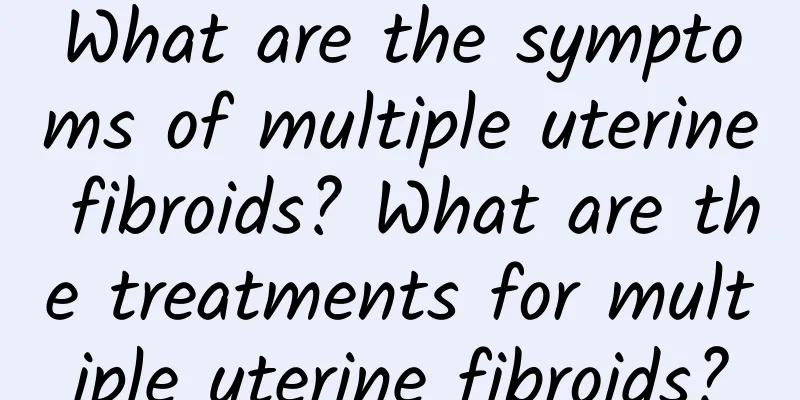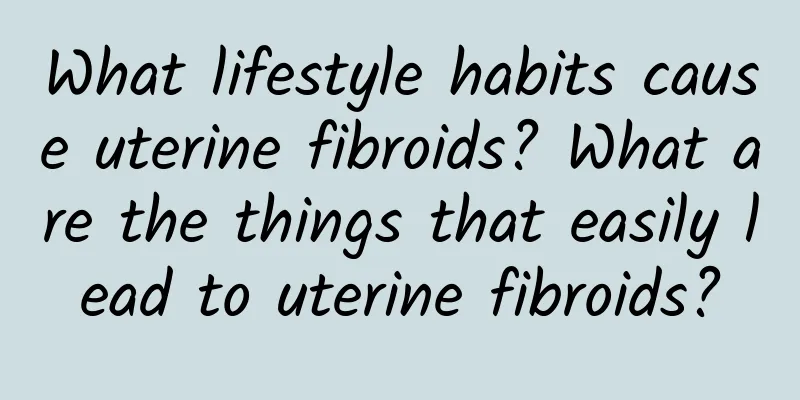What is functional uterine bleeding? Two dietary treatments for functional uterine bleeding are recommended

|
What factors are related to the occurrence of functional uterine bleeding? Normal menstruation in women depends on the regulation of the hypothalamus-pituitary-ovarian axis system. Excessive mental stress, environmental and climate changes, malnutrition or metabolic disorders and other internal and external factors can interfere with the regulation of the hypothalamus-pituitary-ovarian axis through the cerebral cortex. Abnormal secretion of sex hormones leads to acyclic shedding of the endometrium and functional blood. Clinical manifestations 1. Anovulatory dysfunctional uterine bleeding is common in adolescent or menopausal women. There is no periodic irregular vaginal bleeding. It can be intermittent bleeding, with more or less bleeding; it can also be continuous bleeding, even up to 1-2 months. Anemia. Basic body temperature is monophasic. Hormone measurement: Most of them have high estrogen and lack progesterone. 2. Ovulatory dysfunctional uterine bleeding 1. Occurs mostly in women of childbearing age, often with a history of infertility or early miscarriage. 2. The menstrual cycle has a certain regularity. Due to luteal insufficiency or incomplete luteal atrophy, there are the following manifestations: mid-term bleeding; scanty menstruation with menorrhagia; premenstrual bleeding; delayed menstruation with menorrhagia; normal cycle with menorrhagia. 3. Gynecological and B-ultrasound examination: uterus and bilateral ovaries are normal. 4. Basal body temperature is biphasic. 5. Hormone measurement: progesterone is low or normal. Diet therapy for functional uterine bleeding: According to the ovulation situation, functional uterine bleeding is usually divided into two categories: anovulation and ovulation. The former is very common, accounting for about 80% to 90%, mainly occurring during adolescence and menopause, while the latter is more common in fertile women. Several family dietary therapies are recommended: |
<<: Which is more serious, pelvic inflammatory disease or adnexitis?
>>: What are the characteristics of the early stage of irregular menstruation?
Recommend
What are the early symptoms of ectopic pregnancy?
If ectopic pregnancy is not treated in time, it m...
Can I eat bananas if I have pelvic inflammatory disease? People with renal dysfunction should not eat bananas
In fact, pelvic inflammatory disease generally do...
What are the types of vaginitis?
I believe many people have heard of vaginitis. Va...
Swedish study: 66 grams of chocolate a week can prevent stroke
Are you a chocolate lover who is still worried ab...
What you need to know before abortion
Abortion is the best way to terminate pregnancy. ...
What are the health care measures for cervical hypertrophy
Cervical hypertrophy is a type of chronic cervici...
The main symptoms of vulvar leukoplakia
Vulvar leukoplakia is a gynecological disease, an...
What are the benefits of regular B-ultrasound examinations for irregular menstruation?
Generally, when checking for irregular menstruati...
What to do with pelvic fluid accumulation after hysterectomy
What to do if there is pelvic fluid accumulation ...
Can recurrent miscarriage be cured? How should it be treated?
In fact, the chance of recurrent miscarriage is q...
Is cervicitis serious?
Cervicitis refers to an inflammatory disease of t...
What can't you eat after an abortion? How long can you not eat before an abortion?
Abortion is a common gynecological procedure that...
What to pay attention to after ovarian cyst surgery
What should I pay attention to after ovarian cyst...
How to prevent pelvic peritonitis
We need to know more about the prevention methods...
7 female groups are prone to cervical erosion. Two small folk remedies can cure cervical erosion.
Which women are prone to cervical erosion? 1. A w...









